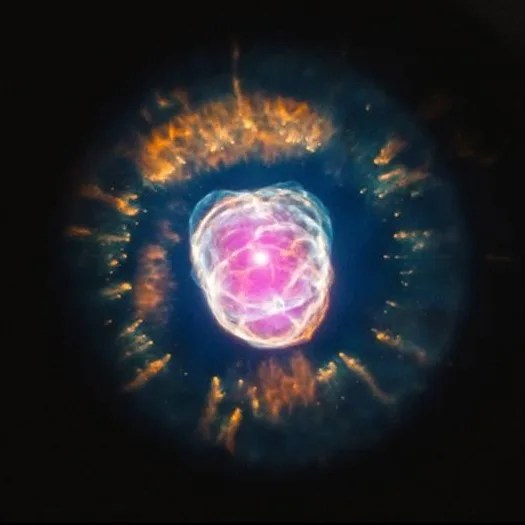Messier 89
This elliptical galaxy holds approximately 100 billion stars and well over 2,000 globular clusters.
Distance
50 million light-years
Apparent Magnitude
9.8
constellation
Virgo
object type
Elliptical Galaxy
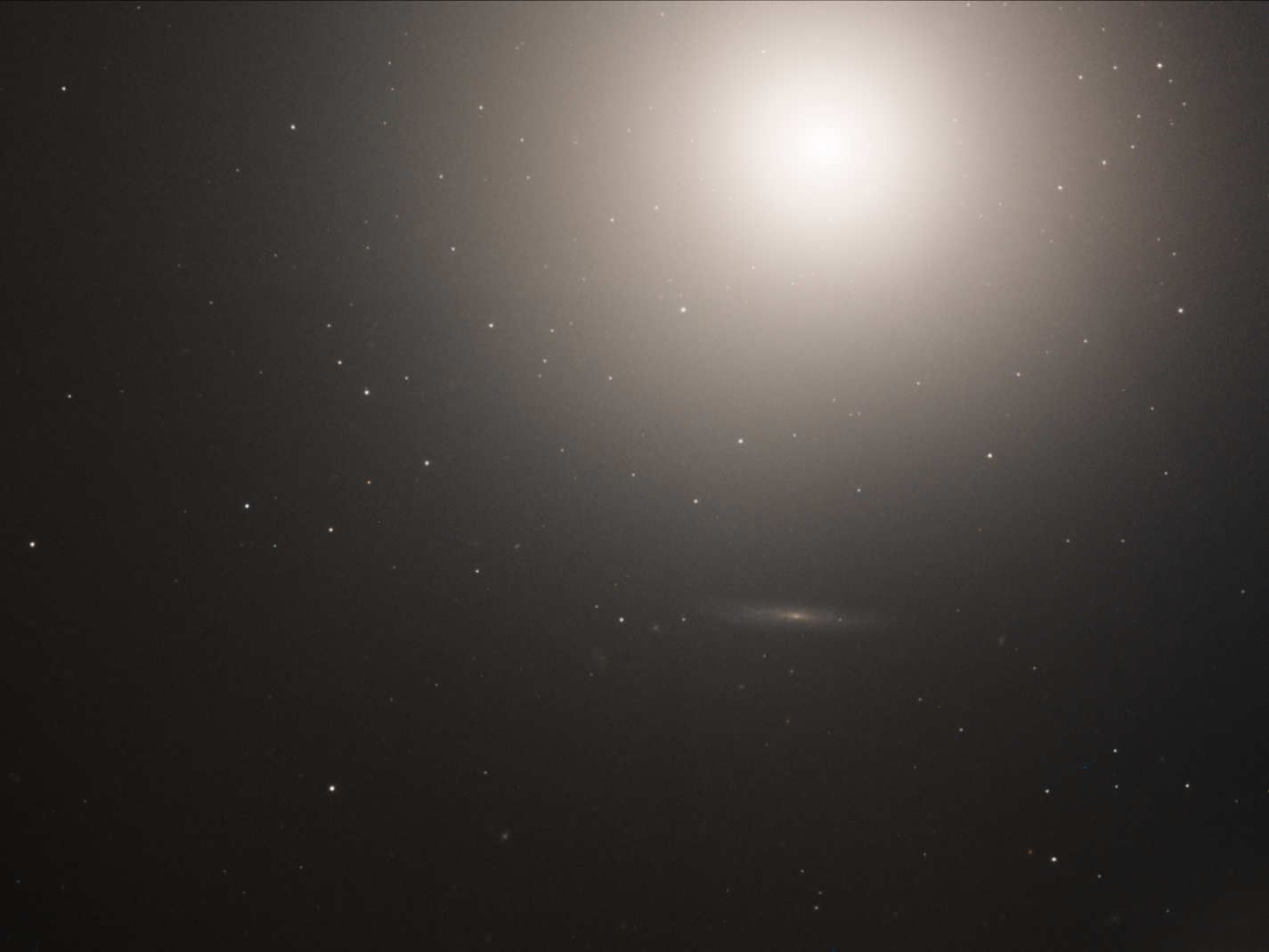
M89 is one of eight galaxies in the Virgo cluster that Charles Messier discovered in 1781. An elliptical galaxy, M89 is almost exactly circular. It is located about 50 million light-years away in the constellation Virgo.
M89 contains approximately 100 billion stars and well over 2,000 globular clusters. It was the first galaxy discovered to have an extended envelope, which means that it has a larger region of light surrounding it than other elliptical galaxies, most likely because of its high number of stars and globular clusters. At the center of M89 is a supermassive black hole estimated to have one billion times the mass of our Sun.
This image combines Hubble observations of M89 taken in near-infrared and visible light using the Wide Field and Planetary Camera 2. It features most of the galaxy, with M89’s bright central nucleus at the top right of the image and many of its globular clusters appearing as star-like points of light throughout the field. The image also captures a separate edge-on spiral galaxy below M89’s core. These Hubble observations were taken to help determine the structure and formation of elliptical galaxies, as well as searching for evidence of black holes in the hearts of these galaxies.
Telescopes that are 8 inches or larger can see the 9.8-magnitude galaxy as a faint ball of light. The best time to view M89 is in May.
For more information about Hubble’s observations of M89, see:
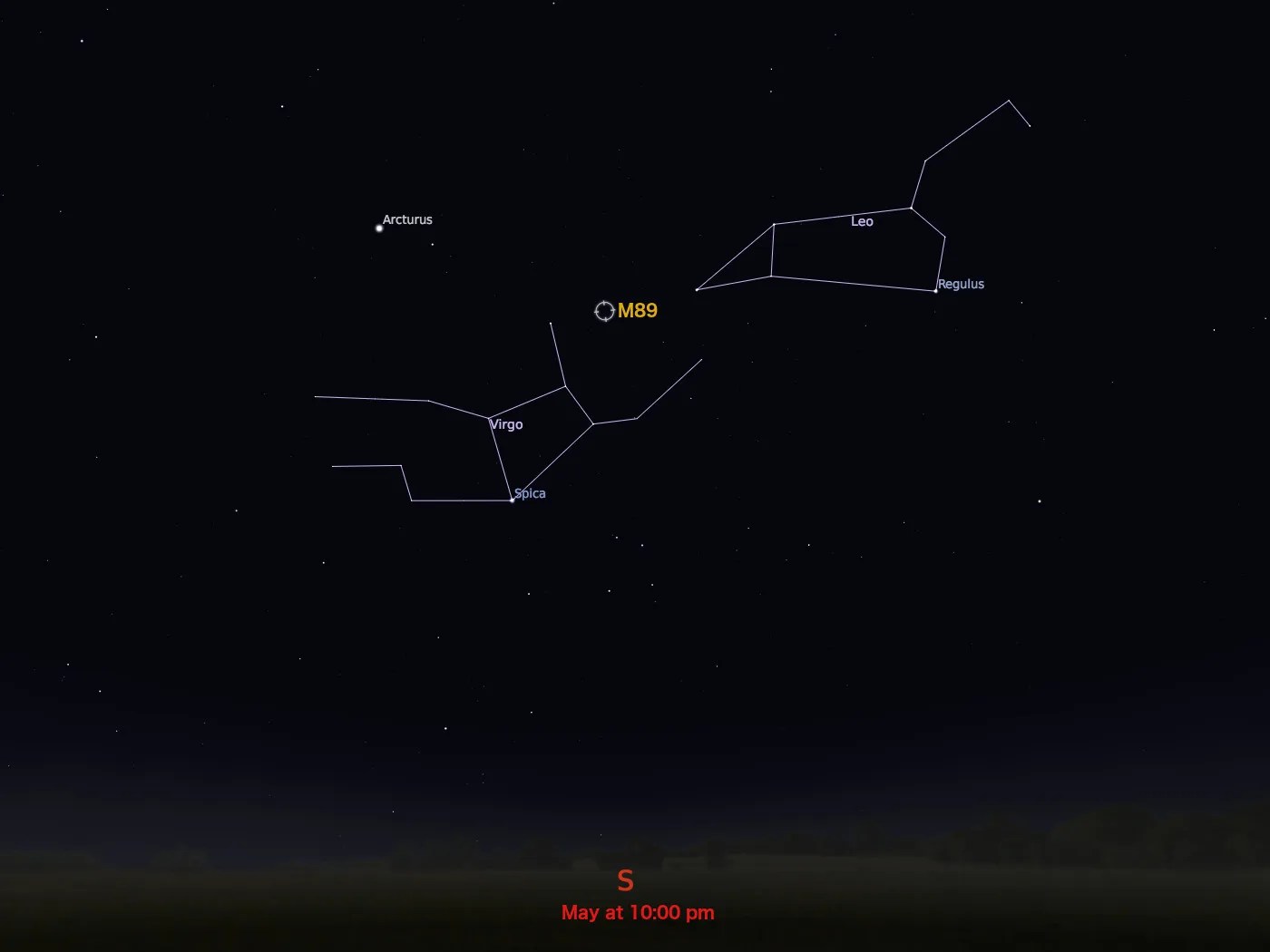
Explore Hubble's Messier Catalog
The following pages contain some of Hubble’s best images of Messier objects.

Messier 1 (The Crab Nebula)
Better known as the Crab Nebula, Charles Messier originally mistook Messier 1 for Halley’s Comet, which inspired him to create…
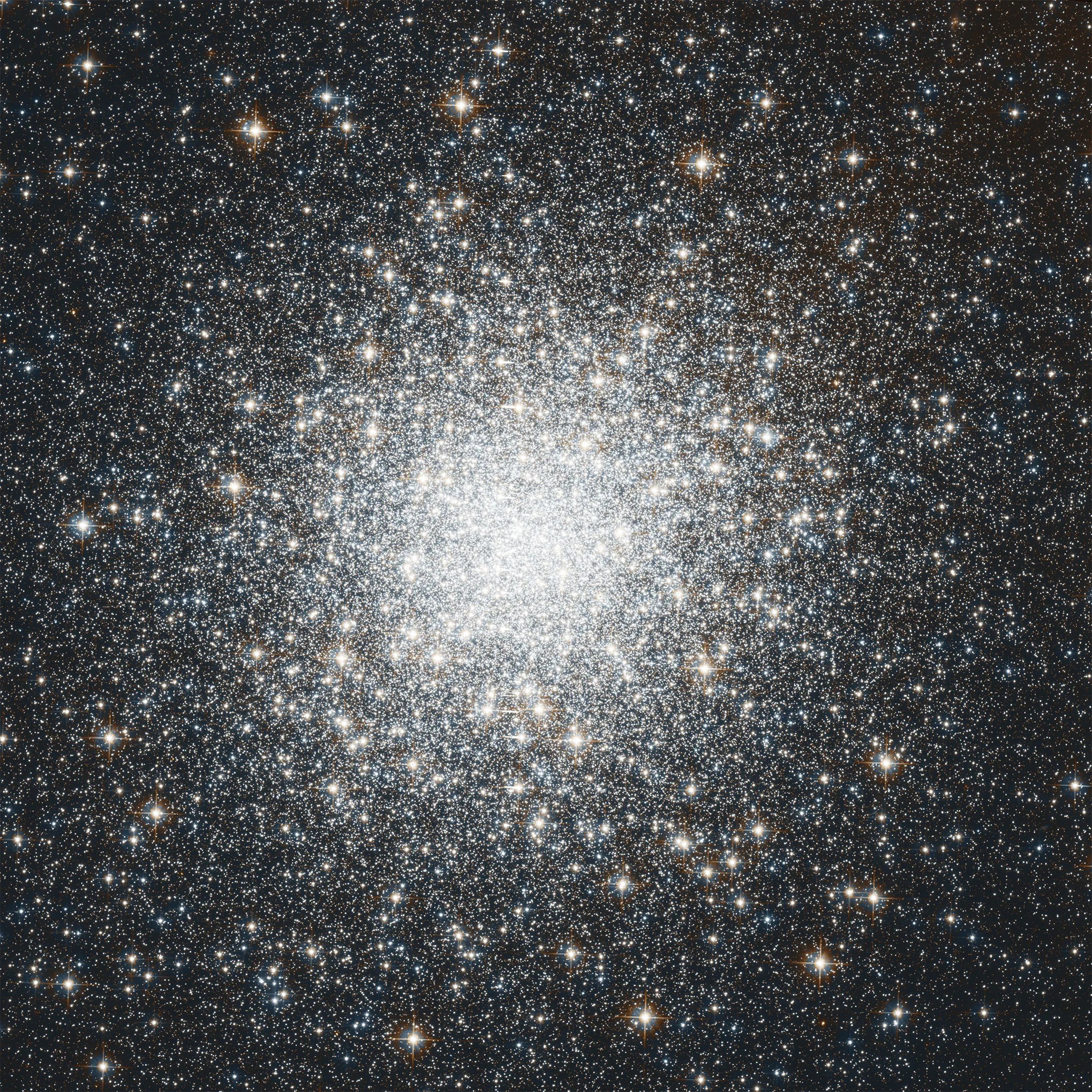
Messier 2
Hubble's image of Messier 2 is comprised of visible and infrared wavelengths of light.
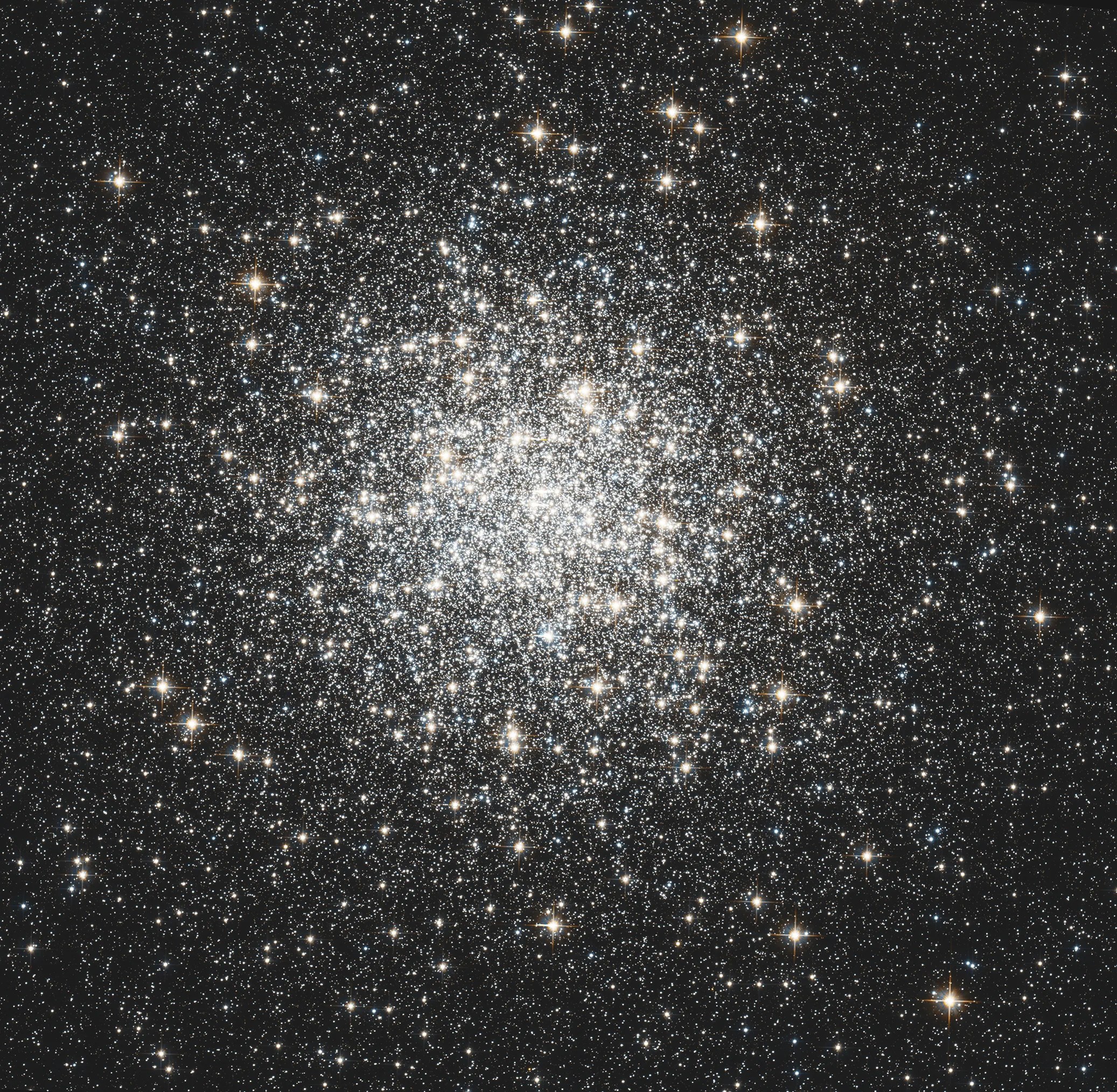
Messier 3
Messier 3 holds more than 500,000 stars.




